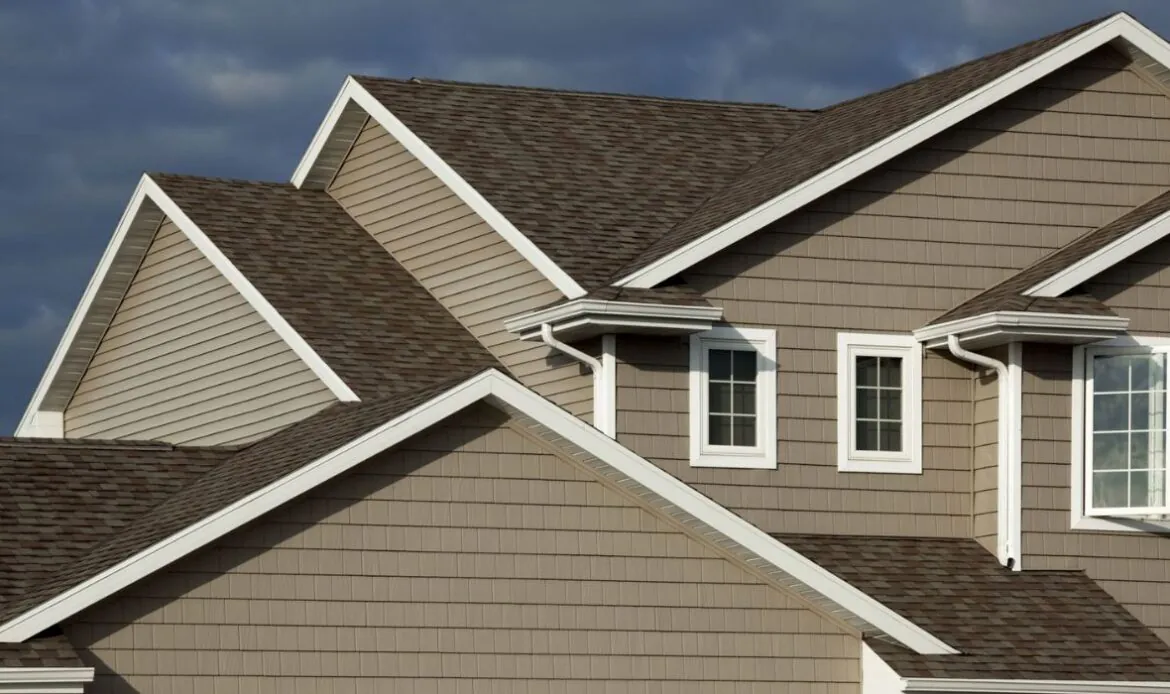In a world that often celebrates extravagance and complexity, there is a growing appreciation for simplicity and minimalism. This mindset has extended to architectural design, including rooftops. Minimalist rooftops offer a clean and streamlined aesthetic while maintaining functionality and efficiency. In this article, we will explore the concept of minimalist rooftops, their key characteristics, and the benefits they bring to modern homes.
Clean Lines and Sleek Designs:
Minimalist rooftops are characterized by clean lines and sleek designs. They avoid excessive ornamentation or intricate details, focusing on simplicity and geometric shapes. Flat roofs or low-pitched roofs with minimal slopes are common in minimalist designs. The goal is to create a visually pleasing, uncluttered look that harmonizes with the overall architecture of the home.
Monochromatic Color Palettes:
Minimalist rooftops often employ monochromatic color palettes, consisting of neutral tones such as white, gray, or black. This color scheme enhances the minimalist aesthetic by creating a sense of unity and simplicity. The subdued colors allow other architectural elements or natural surroundings to take center stage while maintaining a timeless and sophisticated appearance.
Functional Use of Space:
Minimalist rooftops prioritize the efficient use of space. They may incorporate rooftop gardens, outdoor living areas, or solar panel installations. These functional additions not only maximize the utilization of the rooftop but also contribute to sustainability and energy efficiency. By optimizing the available space, minimalist rooftops provide practical benefits while maintaining their uncluttered and minimalist appeal.
Integration of Sustainable Elements:
Sustainability is a significant aspect of minimalist design, and rooftops are no exception. Many minimalist rooftops integrate sustainable elements to minimize environmental impact. This can include the use of eco-friendly roofing materials, rainwater harvesting systems, or green roofs. By embracing sustainable practices, minimalist rooftops not only reduce their carbon footprint but also create a harmonious connection between the home and its surroundings.
Enhanced Natural Light and Views:
Minimalist rooftops often emphasize the connection to nature by incorporating ample natural light and optimizing views. Large windows, skylights, or rooftop terraces provide an uninterrupted connection to the outdoors, allowing an abundance of natural light to permeate the living space below. By inviting nature inside, minimalist rooftops create a sense of openness and tranquility, enhancing the overall ambiance of the home.
Conclusion:
Minimalist rooftops offer a refreshing departure from ornate and elaborate designs. By embracing simplicity, clean lines, and monochromatic color palettes, they create a sense of harmony and sophistication. With a focus on functionality, sustainability, and maximizing natural light and views, minimalist rooftops not only provide visual appeal but also contribute to energy efficiency and a deeper connection to nature. Whether it’s a rooftop garden, sleek solar panel installation, or a peaceful outdoor living space, minimalist rooftops exemplify the beauty of simplicity in modern architectural design.
